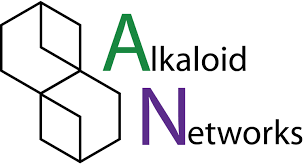History of Computers
Computers have come to be an important part of our daily life. These devices has changed the way we live and operate every day in many ways. Computers are becoming more powerful each year and have come a long way since they were first invented.
Computers are everywhere in this day and age. Computers are in cars, mobile phones, watches, and even can be in your refrigerator. It wasn’t like this back in the 1990’s, where the internet and phone line were both on the same line and couldn’t be used at the same time.
The Electric programmable computer
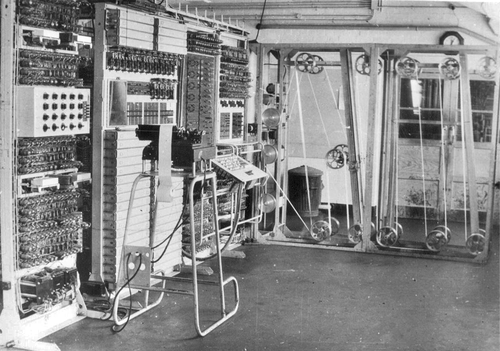
The first electric programmable computer was made on December 1943 and was named the “Colossus”, it was created to help code breakers read encrypted messages.
The first portable computer
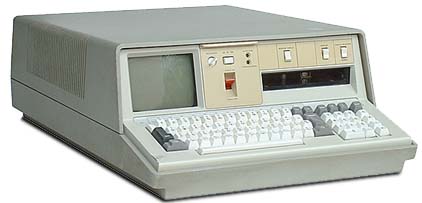
In September 1975 the first portable computer was made. The “IBM 5100”, which weighed 24 kilograms!
Apple announces the Apple 1

The “Apple 1”, the first Apple computer made in 1976. The computer contained a 6502 8-b processor and 4kb of memory.
Did you know
The first hard disk drive was made in 1979 and could hold only 5MB of data. The first 1GB hard disk drive was announced in 1980, it weighed about 249kg and was priced at $40,000.
IBM’s Personal Computer

IBM introduced it’s first personal computer, “IBM PC” or “Acorn”, in 1981. It had a 8088 processor 16 KB of memory, and used MS-DOS
Laser 128 is released
The Laser 128 made by VTech released in 1989. The Laser 128 was a clone of the Apple II computer which sold for $479, a lower price than to the Apple II. The Laser 128 was one of the few Apple “clones” that remained for sale.
Arduino
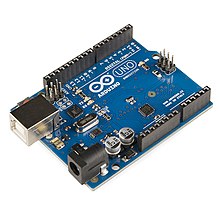
The Arduino, manufactured in 2005, is a Java-based integrated development environment which users are able to access a library of programs to use which is called “Wiring”, which allowed for simplified programming. Arduino later became the main computer platform of the worldwide “Maker” movement.
Apple introduces the MacBook Air
In 2008. Apple introduced their first ultra notebook, a light, thin laptop with a high-capacity battery. The MacBook Air incorporated many of the technologies that had been associated with Apple’s MacBook line of laptops, it included an integrated camera and Wi-Fi capabilities.
Nest Learning Thermostat
In 2011, the Nest Learning Thermostat was an early product made for the emerging “Internet of Things”, which envisages a world that common everyday devices have network connectivity and able to exchange information or be controlled. The Nest allowed for remote access to a user’s home’s thermostat by using a smartphone or tablet, it also was able to send monthly power consumption reports to the user’s email.
Raspberry Pi, a credit-card-size single board computer
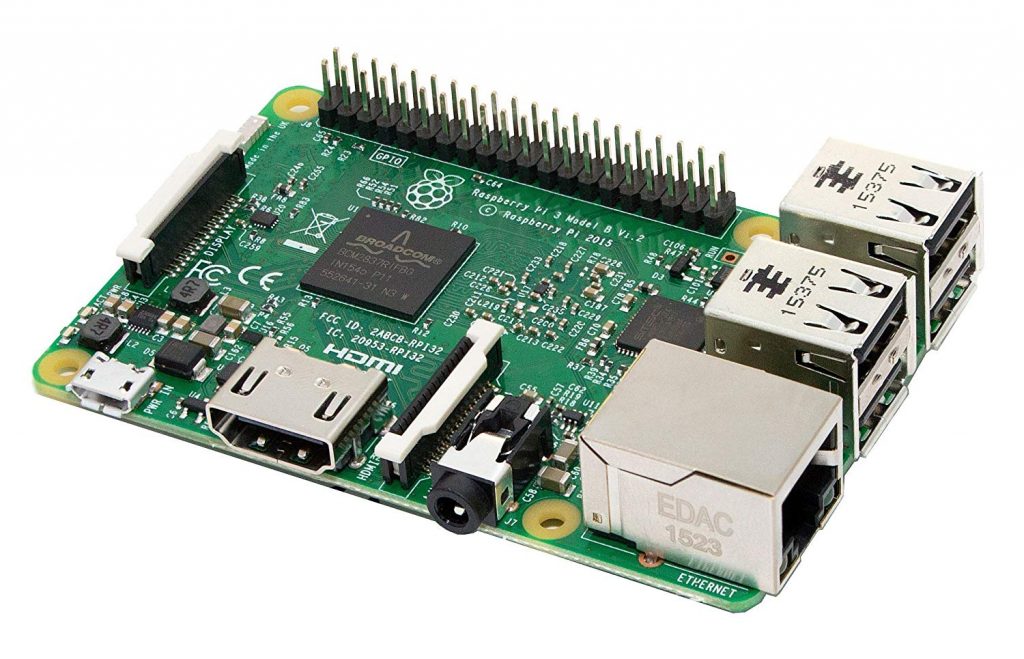
The Raspberry Pi Foundation released the Raspberry Pi in 2012. This credit-card-size computer feature ease of use and simplicity which made it highly popular with students and hobbyist.
